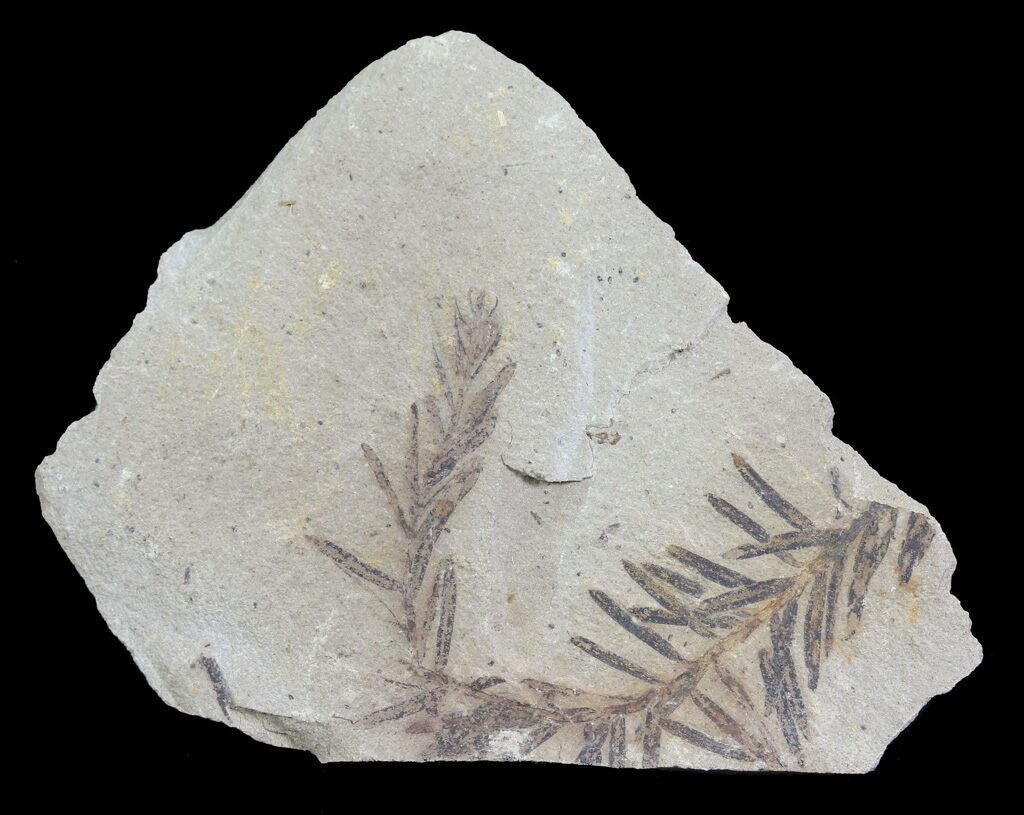
glyptostroboides ) (1–3, 5–8) and modern M. Leafy shoots, leaves and seed cones of fossil Metasequoia sp. SU Tao, principal investigator of the study. Pronunciation: met-a-se-KWOY-a glip-to-stro-BOY-dez Family: Cupressaceae Genus: Metasequoia Type: Conifer Native to (or naturalized in) Oregon: No Deciduous conifer, 70-100 ft (21-30 m), excurrent, pyramidal, flat topped when mature. The sole species in the genus Metasequoia, it was actually thought to be. The plant fossil record provides evidence that the genus Metasequoia was widely distributed and experienced a wide range of climatic and environmental conditions throughout the Northern Hemisphere from the early Late Cretaceous to the Plio-Pleistocene. The intensification of the Asian monsoon in Yunnan during the Neogene most likely prevented necessary adaptations of the plants to increasing winter and spring aridity," said Prof. This tree is whats known as a living fossil, with records dating back to 150. "We regard that the disappearance of Metasequoia from Southwest China might be related to the evolutionary stasis of Metasequoi.

It was present in the Arctic cool temperate zone during the Eocene, in temperate zones, e.g., in Northeast China during the Paleogene as well as in nearly subtropical areas in Southwest China during the Neogene. The researchers also found that the genus has remained morphologically static at least since the early Neogene.

glyptostroboides, the researchers identified their fossil materials as Metasequoia sp. On the new family Metasequoiaceae and on Meta sequoia glyptostroboides, a living species of the genus Metasequoia found in. Judging by the great morphological similarity between the fossils and extant M. The Sanzhangtian fossils differ from other fossil-species of Metasequoia in seed cone phyllotaxis, which is exclusively decussate in the Sanzhangtian cones but mixed decussate–helical in the others. Dawn Redwood Metasequoia glyptostroboides 524-48-Z. The fossil record has been published in Review of Palaeobotany and Palynology.Ĭharacters of leafy shoots, including the cuticle micromorphology of the leaves and gross-morphology of seed cones, unambiguously refer the fossils from Sanzhangtian to the genus Metasequoia. At Mou-tao-chi, Wang collected herbarium specimens of leafy branches and fruits of this tree and thought it to be lyptostrobus pensilis Koch, or shui-sung, the water pine, which is a common deciduous coniferous tree in Kwangtung province found also in Kiangsi. It's the first Metasequoia fossil record in Southwest China and the southernmost fossil record of the genus around the world. Researchers from Xishuangbanna Tropical Botanical Garden (XTBG) have recently discovered numerous well-preserved leafy shoots and seed cones of Metasequoia from the middle Miocene deposits in Sanzhangtian, Zhenyuan County, Yunnan. The genus Metasequoia Miki, 194 1 was based on Miocene fossils discovered from the Moriyama region in Oegun, the Simagahara region in Iga and the Hanataka Corresponding author, E-mail. Although native to China, reliable Metasequoia megafossil records from only nine localities ranging from the Late Cretaceous to the middle Miocene have been reported in this country to date, most of them were reported from the northern part of China.


 0 kommentar(er)
0 kommentar(er)
